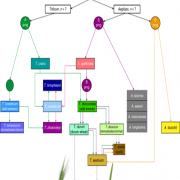
Wheat exome sequencing and wheat ancestry (Nature Genetics)
Plant Science Research WeeklyWheat is of course a hugely important food for humans, and has been selectively bred across the globe for millennia. Modern bread wheats are hexaploid and contain three distinct subgenomes (AABBDD). As with other crops, there is a need to understand wheat’s ancestry and explore the greater genetic…
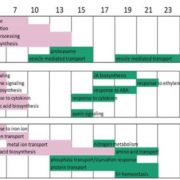
Identification of transcription factors regulating senescence in wheat through gene regulatory network modelling (Plant Physiol)
Plant Science Research WeeklyLike other seed crops, wheat yields depend in part on the efficiency with which nutrients stored in leaves are mobilized into the developing seeds. This depends on the several processes from macromolecule breakdown to transport, as well as the timing of leaf senescence. Borrill et al. used RNA analysis…
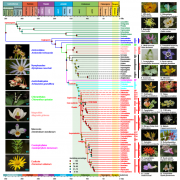
Origin of angiosperms and the puzzle of the Jurassic gap (Nature Plants)
Plant Science Research WeeklyUnderstanding the origin and evolution of flowering plants is key to explaining the development of major terrestrial ecosystems. The rapid diversification of angiosperms into over 360,000 extant species was famously termed ‘an abominable mystery’ by Charles Darwin. Here, Li et al reconstruct the…
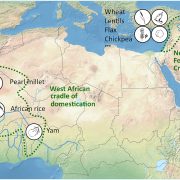
Yam genomics supports West Africa as a major cradle of crop domestication (Sci Advances)
Plant Science Research WeeklyYams (Dioscorea spp.) were domesticated independently in three continents. African yam (Dioscorea rotundata) is the second most produced crop in Africa, after cassava but ahead of maize, rice and sorghum. Scarcelli et al. use a genomic approach to learn more about its domestication, by sequencing many…
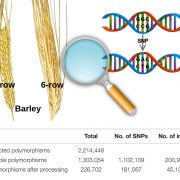
Development of genome-wide SNP markers for barley via reference- based RNA-Seq Analysis (Front Plant Sci)
Plant Science Research WeeklyThe availability of marker-assisted systems is key for crop improvement, allowing trait selection by identifying consensus polymorphisms. However, for discriminating between related strains, these DNA markers are limited, time-consuming and expensive. Here, Tanaka et al. developed a RNA-Seq-based genotyping…
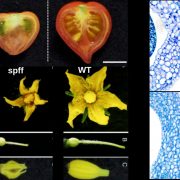
Loss-of-function of a tomato receptor-like kinase impairs male fertility and induces parthenocarpic fruit set (Front Plant Sci)
Plant Science Research WeeklyThe flower-to-fruit transition (fruit set) and parthenocarpy, the pollination-independent development of seedless fruits, are controlled by complex hormone networks. Takei et al. identified a tomato gamma-ray induced mutant named small parthenocarpic fruit and flower (spff) with small fruits and flowers,…

Arabidopsis FLL2 promotes liquid–liquid phase separation of polyadenylation complexes ($) (Nature)
Plant Science Research WeeklyThe nucleus of plants cells, like other eukaryotes, is full of non-membranous compartments separated by liquid-liquid phases. These complexes are often called nuclear bodies and concentrate proteins and nucleic acids. Disordered protein domains play a critical in their formation. Here, Fang et al. aimed…

Soil salinity limits plant shade avoidance (Curr. Biol.)
Plant Science Research Weekly
The agriculture sector is going to face big challenges to feed the 10 billion people that are going to inhabit the planet in the upcoming years with limited arable land. One effective practice to enhance the yield per unit area is to increase crop planting density. However, in dense stands, plants…

The macroevolutionary history of light signaling ($) (Mol Plant)
Plant Science Research WeeklyThe ability to sense and respond to light is a fundamental feature of photosynthetic organisms like plants. Much has been learned about the molecular genetic mechanisms controlling light perception and downstream signaling processes in evolutionarily young land plant lineages like angiosperms, with comparatively…

